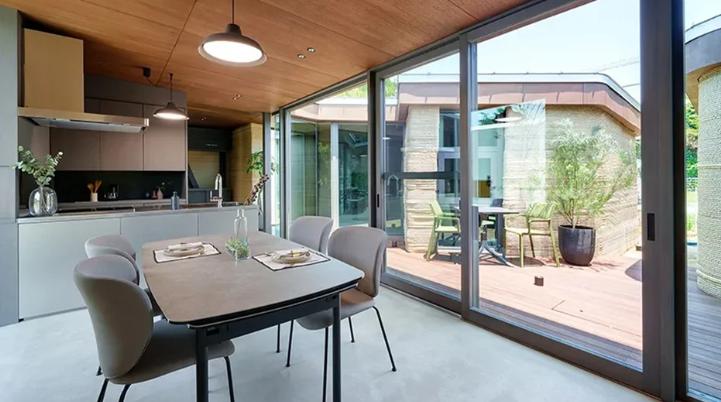
Japanese company Lib Work has developed an innovative technology, Lib Earth House Construction, enabling the 3D printing of buildings using ordinary earth. This development opens new possibilities in the construction of residential homes, cafes, and even bus stops.
Instead of traditional concrete, Lib Work specialists utilize a patented mixture of earth, slaked lime, and natural fibers. This composition resembles the materials of ancient rammed-earth houses, providing structures with a lifespan of up to 700 years and enhanced durability with a seismic resistance rating of Class 3, which is particularly crucial for Japan. The elimination of cement also allows for a 50% reduction in CO2 emissions, making the technology more environmentally friendly than wood construction.

3D printing technology offers design freedom, enabling the creation of structures in virtually any shape. While a year ago Lib Work could only print a simple hut, their new "model B" now resembles a complete residential house. The company's next objective is to enhance the aesthetic appeal of the printed buildings.
Interest in construction 3D printing extends beyond Japan. Recently, the construction of the 30-meter-tall 3D-printed Tor Alva tower was completed in Switzerland, and in early 2025, scientists from Stuttgart and Freiburg created the printed Solar Gate facade, capable of adapting to weather conditions and regulating indoor temperatures. These global examples underscore the promising future of 3D printing technology within the construction industry.
ORIENT
